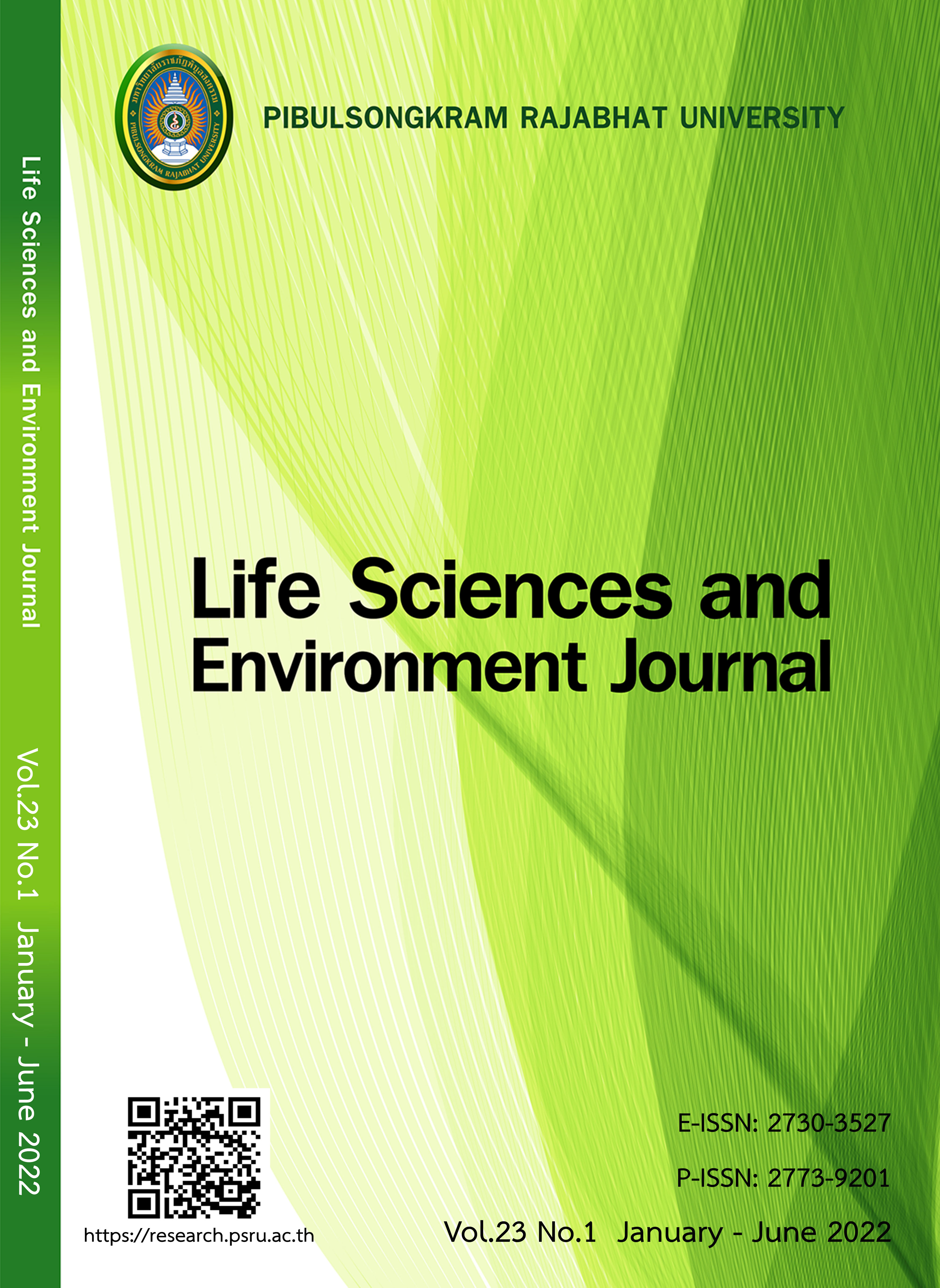APPLICATION OF FUZZY ORDER OF PREFEFENCE BY SIMILARITY TO IDEAL SOLUTION AND MULTIPLE REGRESSION FOR RISK ASSESSMENT OF SMALL AND MEDIUM ENTERPRISE BUSINESSES IN PHITSANULOK PROVINCE
DOI:
https://doi.org/10.14456/lsej.2022.7Keywords:
Fuzzy set, Fuzzy technique of order preference similarity to the Ideal solution, Multiple regression, Risk assessment, Small and medium enterprise businessesAbstract
The purposes of this research was to study the risk assessment of small and medium enterprises by the Fuzzy Order Preference by Similarity to Ideal Solution (Fuzzy TOPSIS) and factors affecting the operations of small and medium enterprise in Phitsanulok province. The sample of this research was 100 entrepreneurs of small and medium enterprises in Mueang District Phitsanulok province by using a purposive sampling method. The risk is classified into 5 segments, cost, marketing, promotion and support from the government, management and personnel. The research found that the riskiest factor was cost, with closeness coefficient equal to 0.653 and the least risk factor was personnel, with closeness coefficient equal to 0.593. The study of factors affecting the operation of small and medium enterprises in Phitsanulok Province found that age, business model, cost, marketing, promotion and support from the government and personnel were a factors affecting the operations of small and medium enterprises in Phitsanulok.
References
Chen CT. Extensions of the TOPSIS for group decision-making under fuzzy environment. Fuzzy Sets and Systems 2000;114(1):1-9.
Chittawet J. Multiple regression analysis. regression analysis. Bangkok: Office of Printing Works Veterans Relief Organization; 2015:42-76.
Colaka M, Kaya I. Prioritization of renewable energy alternatives by using an integrated fuzzy MCDM model: A real case application for Turkey. Renewable and Sustainable Energy Review 2017;80, 840-853.
Deetae N, Khamro P. Technique for order of preference by similarity to ideal solution for the risk evaluation of farmer requirement to grow safety rice. Srinakharinwirot University (Journal of Science and Technology) 2021;13(25):13-25.
Koohathongsumrit N, Meethom W. Route selection in multimodal transportation networks: A hybrid multiple criteria decision-making approach. Journal of Industrial and Production Engineering 2020;38(3):171-185.
Kumar S, Kumar S, Barman GA. Supplier selection using fuzzy TOPSIS multi criteria model for a small scale steel manufacturing unit. Procedia Computer Science 2018;133(1):905-912.
Office of Small and Medium Enterprises Promotion. SME promotion plan no. 4 (2017-2021), 2017. Available at: https://www.sme.go.th/th/download.php?modulekey=12. Accessed June 15, 2020.
Prasee A, Itratana K. Operational issues and support requirements of small and medium enterprises in Nakhon Sawan Province Journal of Modern Management Science 2012;5(1):82-96.
Termtrirakij P. Factors influencing performance of small and medium enterprises: A case study of electrical and electronic industries. Doctor of philosophy in public administration, Graduate College of Management, Sripatum University; 2012.
Sirisawat P, Kiatcharoenpol T. Fuzzy AHP-TOPSIS approaches to prioritizing solutions for reverse logistics barriers. Computers & Industrial Engineering 2018;117:303-318.
Siriyong D. Thai SME formation and business strategy: A case study of the 4 finalists on TV program “Sme Tee Tak” The Best SME of 2011, Master of Business Administration Program in Entrepreneurship, Graduate School, Silpakorn University; 2012.
Srihirun N, Pongmakinthorn B. Management factors affecting the key success of entrepreneurs of small and medium enterprises in chumphon province. TNI Journal of Business Administration and Languages 2017;5(2):40-45.
Wiset N. Factors influencing business operations of small and medium enterprise entrepreneurs in Nonthaburi Province. Panyapiwat Journal 2017;9(1):13-24.
Downloads
Published
How to Cite
Issue
Section
License
Copyright (c) 2022 Life Sciences and Environment Journal

This work is licensed under a Creative Commons Attribution-NonCommercial-NoDerivatives 4.0 International License.
Each article is copyrighted © by its author(s) and is published under license from the author(s).










